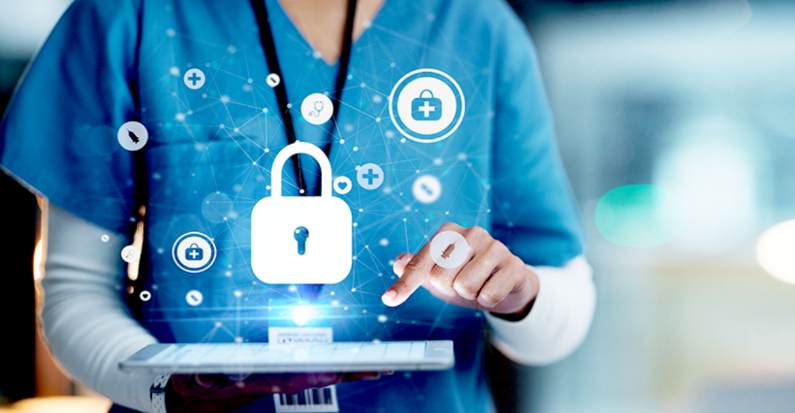Innovations in Primary Care: Turning Quality Metrics into Meaningful, Patient-Centered Insights
As healthcare continues to evolve, quality metrics remain vital for improving patient outcomes by setting evidence-based standards. Yet, traditional metrics often lack clarity and personal relevance, making them less engaging for both patients and providers. This gap can lead to reduced motivation among clinicians and confusion for patients. To address this, a team at Penn State Health’s Department of Family and Community Medicine has launched an innovative initiative aimed at transforming how quality data is shared—focusing on patient-centered outcomes delivered in clear, straightforward language.
The project, spanning 13 ambulatory clinics within Penn State Health, leveraged 24 months of electronic health record (EHR) data to reshape how clinical outcomes are communicated. Researchers combined traditional clinical metrics with the Number Needed to Treat (NNT)—an important epidemiological tool that indicates how many patients must receive a specific treatment to prevent one adverse health event. By linking NNT to real-world clinical results, the team turned abstract data into clear, meaningful outcomes. For instance, instead of citing a percentage, they could say, “You prevented four strokes in heart disease patients by prescribing statins.” This approach makes quality metrics more relevant and impactful for both patients and healthcare providers.
A key innovation of the project was the development of concise, one-page summary reports designed to clearly communicate patient-centered outcomes. These summaries were shared through various channels—emailed to clinic administrators and individual providers, and displayed as posters in clinical settings—to integrate meaningful data into daily workflows. By presenting clinical results in relatable, real-world terms, the reports aimed to deepen providers’ understanding of their impact and foster a stronger sense of ownership and accountability in care delivery.
To assess the reports’ effectiveness, the team surveyed 119 clinicians and staff members. The response was overwhelmingly positive: 85% found the reports easy to understand, affirming the success of translating complex data into plain language. Additionally, 77% felt the reports were relevant to their clinical practice, while 61% said the new format improved their awareness of how care decisions affect patient outcomes—highlighting a significant emotional and motivational impact.
Notably, 59% of respondents reported feeling more motivated by this new way of presenting quality data. This underscores a central insight of the project: clinician engagement in quality improvement is closely tied to how outcome data is framed. When metrics are seen as directly connected to patient benefit rather than abstract targets, they appear to inspire greater intrinsic motivation. In fact, 50% of participants indicated that this new approach would influence how they interpret traditional quality measures in the future, signaling potential for lasting, system-wide change.
Despite the largely positive response, the project also highlighted areas for improvement. Nearly half of the surveyed participants wanted clearer explanations of how the NNT estimates and other figures were calculated. This feedback points to an ongoing challenge in healthcare data communication: balancing simplicity with the level of transparency and detail clinicians need to fully trust and utilize the information. To address this, future versions of the project may include enhanced educational materials or interactive tools that offer deeper insight into the data behind the summaries.
Integrating NNT-based estimates into routine quality metric reporting marks a significant technical advancement. As a cornerstone of evidence-based medicine, the Number Needed to Treat (NNT) bridges the gap between data from randomized clinical trials and real-world clinical practice. By using electronic health record (EHR) data to tailor these estimates to specific patient populations, the project adds a layer of personalization to quality metrics—making them more relevant and actionable at the point of care. This integration strengthens the connection between research evidence, data analytics, and everyday clinical decision-making.
The project’s multimodal dissemination strategy—combining digital summaries with physical poster displays—reflects a thoughtful understanding of varied learning styles and clinical routines. By placing patient-centered data in multiple, high-visibility locations within clinical environments, the initiative increases the chances that providers will engage with and apply the information. This kind of strategic communication is key to overcoming common obstacles to effective performance feedback, especially in fast-paced ambulatory settings.
Beyond its immediate impact, Penn State Health’s Patient-Centered Quality Metric Reframing Project presents a scalable model for other health systems. It addresses a widespread challenge: how to make quality metrics not only measurable but also meaningful. By focusing on provider engagement and patient-centered communication, the project offers a framework that could be adapted across specialties and care settings—paving the way for broader, system-wide improvements in healthcare quality.
At its core, this project highlights the critical importance of humanizing data in healthcare. When quality metrics are translated into narratives that illustrate the real-life impact of clinical interventions, they shift the clinician’s role from simply meeting targets to actively improving patient lives. This reframing can help cultivate a culture of continuous learning and patient-centered excellence, aligning performance metrics with the deeper purpose of medicine.
Looking forward, there is strong potential to build on this foundation by incorporating clearer explanations of methodologies and expanding the use of patient-centered metrics within electronic health records. Tools like real-time dashboards, interactive analytics, and patient-reported outcomes could further advance this shift—bringing quality measurement closer to the realities of care delivery. As healthcare systems continue their transition to value-based care, initiatives like this demonstrate how data science, behavioral insights, and clinical practice can be integrated to drive better outcomes.
Penn State Health’s project offers a meaningful step toward closing the gap between data and clinical relevance. By grounding performance metrics in the lived experiences of both patients and providers, it revitalizes the role of quality measurement. Ultimately, the greatest beneficiaries are patients—receiving care that’s guided not just by statistics, but by the real-world impact of medical decisions on their health and lives.
























